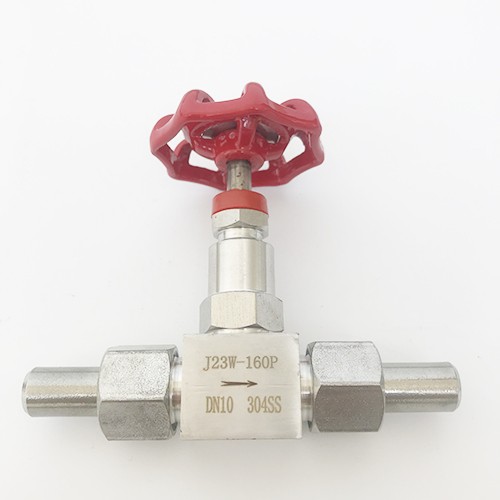check valve 12 inch
Understanding 12-Inch Check Valves Functionality, Applications, and Benefits
Check valves are crucial components in many fluid systems, designed to prevent backflow and ensure the efficient movement of fluids in one direction. Among various sizes and types of check valves, the 12-inch check valve plays a significant role in industrial applications due to its large diameter, allowing for the handling of substantial volumes of liquid or gas. This article explores the functionality, applications, and benefits of 12-inch check valves.
Functionality of Check Valves
The primary function of a check valve, often referred to as a non-return valve, is to allow flow in one direction while preventing reverse flow. In a 12-inch check valve, the large diameter is suitable for pipelines carrying water, sewage, oil, and other fluids. The operational mechanics involve a movable disc or ball that responds to pressure differentials between the inlet and outlet. When fluid flows through the valve in the intended direction, the disc or ball moves, allowing for an unobstructed passage. If the flow attempts to reverse, the disc or ball is pushed back into a seated position, thereby sealing off the reverse flow and protecting the system from undesirable back pressures.
Types of 12-Inch Check Valves
Various types of check valves are available, each suited to specific applications. The most common types include
1. Swing Check Valves This design features a hinged disc that swings open with forward flow and swings shut in the event of reverse flow. They are often used in water and waste management systems.
2. Lift Check Valves Operated by a vertical moving disc, lift check valves provide a more streamlined flow path. They are different from swing check valves and are often used in high-pressure applications.
3. Ball Check Valves Utilizing a ball that oscillates between two seats, ball check valves are effective for applications requiring a tight seal and minimal pressure drop.
Applications of 12-Inch Check Valves
12-inch check valves are versatile and can be employed across various industries
- Water Treatment Facilities In water and wastewater treatment plants, 12-inch check valves are essential for controlling the flow of water through large pipelines and preventing contamination.
check valve 12 inch

- Oil and Gas Industry For transporting oil and natural gas, check valves play a critical role in preventing backflow, which could lead to hazardous spills and operational inefficiencies.
- Fire Protection Systems In fire suppression systems, large check valves help to maintain the integrity of water supply lines, ensuring that water flows only when needed to extinguish fires.
- Industrial Processes Many manufacturing processes involve the movement of fluids through extensive pipelines. Check valves help maintain controlled flow, improving efficiency and safety.
Benefits of Using 12-Inch Check Valves
Incorporating a 12-inch check valve in a fluid handling system comes with numerous advantages
1. Preventing Backflow The primary benefit is the prevention of backflow, which protects equipment from damage and maintains system integrity.
2. Reduced Maintenance High-quality check valves require minimal maintenance, translating to lower operational costs over time.
3. Ease of Installation 12-inch check valves can be integrated into existing systems with relative ease, making them a practical choice for upgrades or replacements.
4. Durability and Reliability Constructed from robust materials, these valves provide longevity and reliability in demanding environments.
5. Flow Efficiency Properly installed check valves enhance system flow efficiency, reducing energy consumption and operational costs.
Conclusion
The 12-inch check valve is a vital component in various industrial applications, ensuring fluid control and system protection. Understanding its functionality, types, applications, and advantages helps industries make informed decisions about implementing effective fluid handling systems. With the right installation and maintenance, these check valves contribute significantly to the efficiency and safety of hydraulic systems worldwide.
-
The Key to Fluid Control: Exploring the Advantages of Ball Valves in Industrial SystemsNewsJul.09,2025
-
The Versatile World of 1, 2, and 3 Piece Ball ValvesNewsJul.09,2025
-
Stainless Steel Ball Valves: The Ideal Choice for Efficient Flow ControlNewsJul.09,2025
-
Optimizing Fluid Control with Ball Float ValvesNewsJul.09,2025
-
Manual Gate Valves: Essential for Control and EfficiencyNewsJul.09,2025
-
Everything You Need to Know About Butterfly ValvesNewsJul.09,2025
-
The Versatility of Wafer Type Butterfly ValvesNewsJul.08,2025




